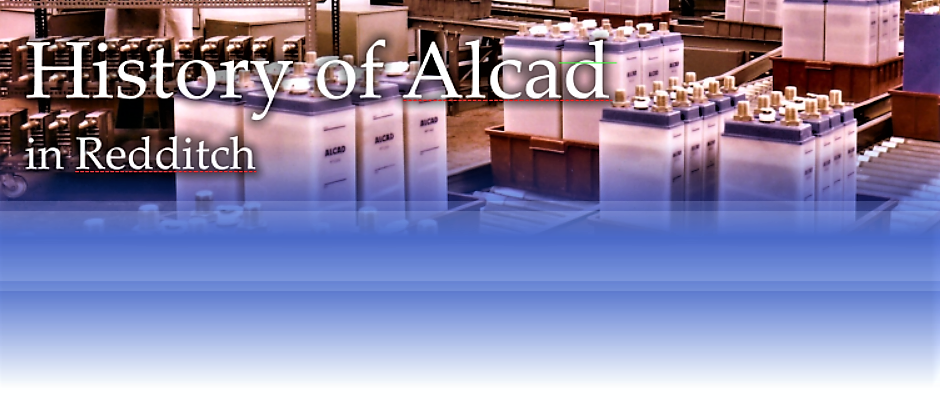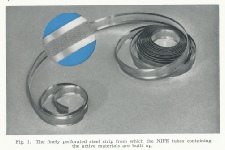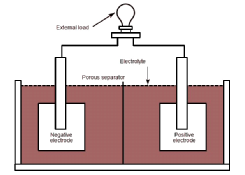

Site Designed, administered and published by Anthony Green



Introduction.
The traditional design for the plates used in industrial nickel-cadmium batteries is the pocket construction. The active material, either in powder form or compressed briquettes, are enclosed in perforated pockets produced from nickel plated steel foil. This acts both as a mechanical support for the briquette and as a current collector. Several pockets are then crimped or welded into a steel frame to form a rectangular plate.
The active materials used in nickel-cadmium cells are produced in the discharged form. These are nickel or cadmium hydroxide for the positive and negative plate respectively.
Vertical separating rods or bars made from polystyrene or polypropylene are used to prevent contact between adjacent positive and negative plates in the stack. In some low maintenance products this type of separation is replaced by a fibrous polyamide separator which is used to enhance the recombination level and reduce water consumption.
The cells are filled with an electrolyte of 1.20 sg to 1.33 sg potassium hydroxide solution (KOH).
The completed stack of nickel cadmium battery plates is fitted into containers made either of steel ot plastic.
Electro-chemistry
As the cell is discharged the active materials consume water (H2O) and become transformed to nickel hydroxide (Ni(OH)2) and cadmium hydroxide (Cd(OH)2) according to the following equation representing the overall electrochemical reaction occurring in the battery cell:
2 NiOOH + Cd + 2 H2O = 2 Ni(OH)2 + Cd(OH)2
This reaction goes from left to right when the battery is being discharged and from right to left when it is being recharged. The alkaline electrolyte (commonly KOH) is not consumed in this reaction.



